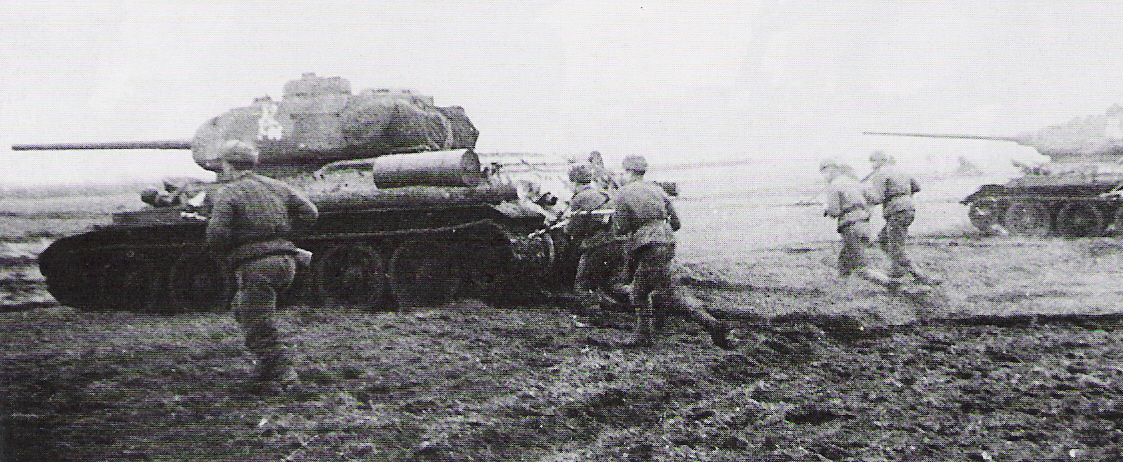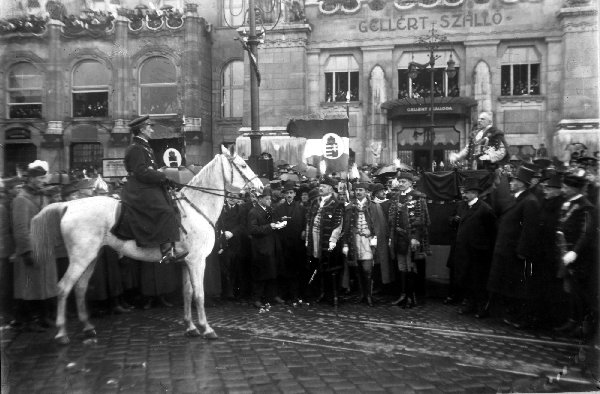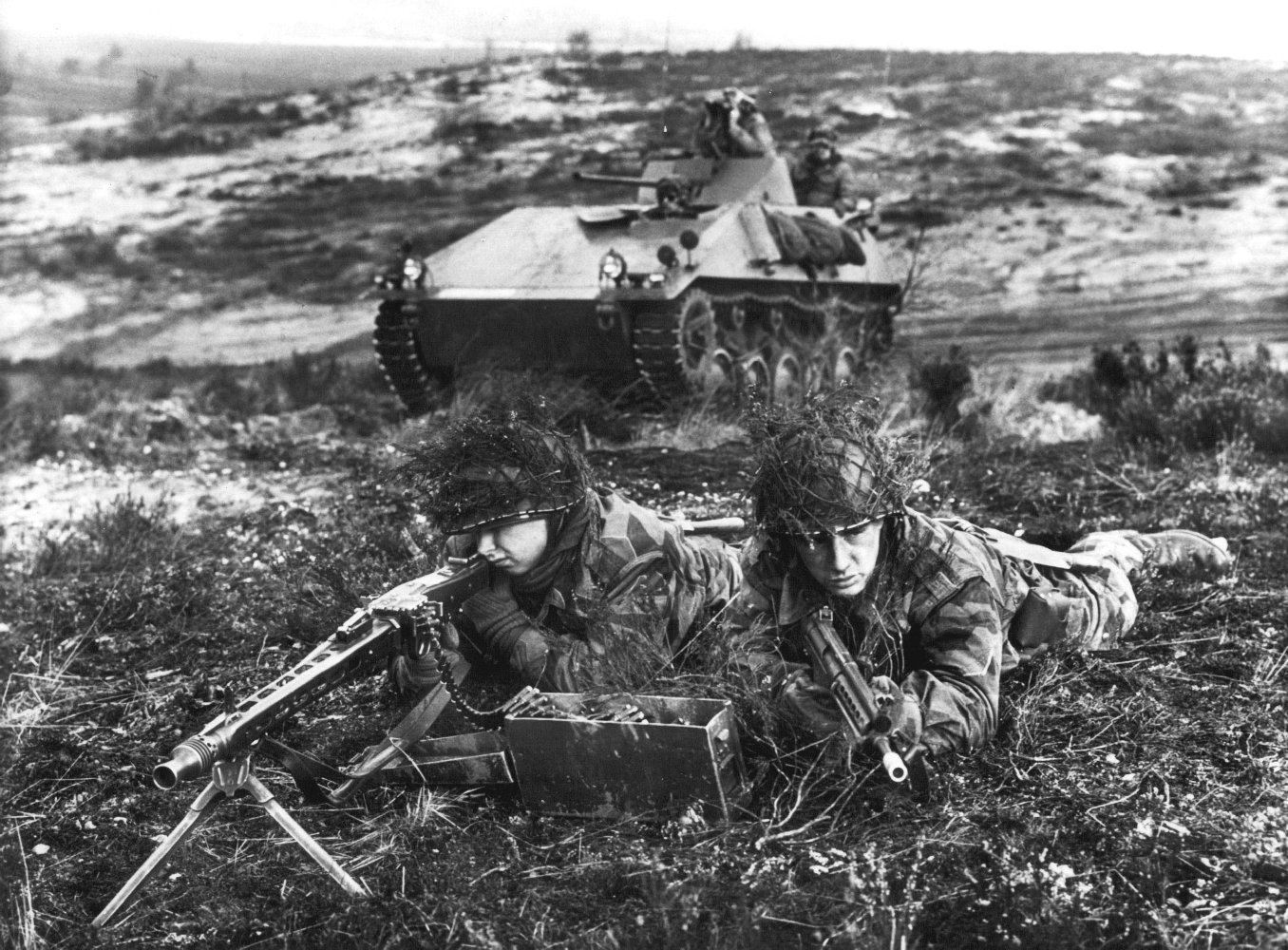|
8.8 Cm Pak 43
The Pak 43 (''Panzerabwehrkanone 43'' and ''Panzerjägerkanone 43'') was a German 8.8 cm anti-tank gun developed by Krupp in competition with the Rheinmetall 8.8 cm Flak 41 anti-aircraft gun and used during World War II. The Pak 43 was the most powerful anti-tank gun of the Wehrmacht to see service in significant numbers, also serving in modified form as the 8.8 cm KwK 43 main gun on the Tiger II tank, the open-top Nashorn and fully enclosed, casemate-hulled Elefant and Jagdpanther tank destroyers. The improved 8.8 cm gun was fitted with a semi-automatic vertical breech mechanism that greatly reduced recoil. It could also be fired electrically while on its wheels. It had a very flat trajectory out to , making it easier for the gunner to hit targets at longer ranges as fewer corrections in elevation were needed. The gun had exceptional penetration and could defeat the frontal armour of any Allied tank to see service during the war at long range, even the Soviet IS-2 t ... [...More Info...] [...Related Items...] OR: [Wikipedia] [Google] [Baidu] |
Eastern Front (World War II)
The Eastern Front, also known as the Great Patriotic War (term), Great Patriotic War in the Soviet Union and its successor states, and the German–Soviet War in modern Germany and Ukraine, was a Theater (warfare), theatre of World War II fought between the European Axis powers and Allies of World War II, Allies, including the Soviet Union (USSR) and Polish Armed Forces in the East, Poland. It encompassed Central Europe, Eastern Europe, Northern Europe, Northeast Europe (Baltic states, Baltics), and Southeast Europe (Balkans), and lasted from 22 June 1941 to 9 May 1945. Of the estimated World War II casualties, 70–85 million deaths attributed to World War II, around 30 million occurred on the Eastern Front, including 9 million children. The Eastern Front was decisive in determining the outcome in the European theatre of World War II, European theatre of operations in World War II, eventually serving as the main reason for the defeat of Nazi Germany and the Axis ... [...More Info...] [...Related Items...] OR: [Wikipedia] [Google] [Baidu] |
Nashorn
(, German for "rhinoceros"), initially known as (German "hornet"), was a German ("tank hunter") of World War II. It was developed as an interim solution in 1942 by equipping a light turretless chassis based on the Panzer III and Panzer IV tanks with the 8.8 cm Pak 43 anti-tank gun. Though only lightly armoured and displaying a high profile, it could penetrate the front armour of any Allied tank at long range, and its relatively low cost and superior mobility to heavier vehicles ensured it remained in production until the war's end. Development After the first German experiences with the newer Soviet tanks like the T-34 medium tank or the Kliment Voroshilov heavy tank during Operation Barbarossa, the need for a capable of destroying these more heavily armoured tanks became clear. In February 1942, the Alkett () arms firm of Berlin designed a tank destroyer using their recently developed III/IV chassis which, as its name indicated, used components of both the Panzer II ... [...More Info...] [...Related Items...] OR: [Wikipedia] [Google] [Baidu] |
PaK 43 RMC 3
Pak or PAK may refer to: Places * Pakistan (country code PAK) * Pak, Afghanistan * Pakpak Bharat, a regency in North Sumatra, Indonesia * Pak Island, in the Admiralty Islands group of Papua New Guinea * Pak Tea House, a café in Lahore, Punjab, Pakistan Arts and entertainment * PAK (band), an American band * ''Pak Pak Pakaak'', a 2005 Indian Marathi-language film * Perfect All-Kill, a music chart achievement in South Korea * Pak, Nintendo's sensational spelling of the word "pack" as a name for their game media and accessories: ** Controller Pak, the Nintendo 64's memory card ** Expansion Pak, a RAM add-on for Nintendo 64 ** Game Pak, game cartridges designed for early Nintendo systems ** Option Pak, any of a number of special attachments for the Nintendo DS ** Rumble Pak, a haptic feedback device ** Transfer Pak, a data-transfer device ** Tremor Pak, a third-party Rumble Pak People * Pakpak people, an ethnic group in Indonesia * Pak (Korean surname), or Park * P ... [...More Info...] [...Related Items...] OR: [Wikipedia] [Google] [Baidu] |
Siege Of Budapest
The siege of Budapest or battle of Budapest was the 50-day-long encirclement by Soviet and Romanian forces of the Hungarian capital of Budapest, near the end of World War II. Part of the broader Budapest Offensive, the siege began when Budapest, defended by Hungarian and German troops, was encircled on 26 December 1944 by the Red Army and the Romanian Army. During the siege, about 38,000 civilians died through starvation, military action, and mass executions of Jews by the far-right Hungarian nationalist Arrow Cross Party. The city unconditionally surrendered on 13 February 1945. It was a strategic victory for the Allies in their push towards Berlin. General situation Having suffered nearly 200,000 deaths in three years fighting the Soviet Union, and with the front lines approaching its own cities, Hungary was by early 1944 ready to exit World War II. As political forces within Hungary pushed for an end to the fighting, Germany preemptively launched Operation Margarethe on ... [...More Info...] [...Related Items...] OR: [Wikipedia] [Google] [Baidu] |
Árpád Line
The Árpád Line (; ; ) was a line of fortifications built in 1941-44 in the north-eastern and eastern Carpathian Mountains, along the border of Kingdom of Hungary. It was named after Árpád, the head of the Hungarian tribes. The main function of the Line was to protect Northern Transylvania (including Székely Land) and Carpathian Ruthenia from the east. The Árpád Line was the main line of defence; the Hunyad and Prinz Eugene Lines lay in front of it. Theoretical background: the flexible defense General Teofil Hárosy (pioneer) developed the theory of flexible defense in 1939-1940. "Flexible" defense-lines ( Mannerheim Line, Árpád Line, Bar Lev Line) were not based on dense lines of heavily armed, large and expensive concrete pillboxes (as the Maginot and Siegfried systems were). Their protective capacity hinged on multiple lines of well-designed obstacles fitting into the environment. All roads passable by tanks and trucks were closed by a "völgyzár", but the inte ... [...More Info...] [...Related Items...] OR: [Wikipedia] [Google] [Baidu] |
First Army (Hungary)
The Hungarian First Army was a field army of the Royal Hungarian Army that saw action during World War II. Commanders * Lieutenant-General Vilmos Nagy - March 1, 1940 – February 1, 1941 * Lieutenant-General István Schweitzer - February 1, 1941 – August 1, 1942 * Lieutenant-General István Náday - August 1, 1942 – April 1, 1944 * Lieutenant-General Géza Lakatos - April 1, 1944 – May 15, 1944 * Lieutenant-General Károly Beregfy - May 15, 1944 – August 1, 1944 * Lieutenant-General Ferenc Farkas de Kisbarnak - July 25, 1944 – August 1, 1944 (acting) * Lieutenant-General Béla Miklós von Dalnoki - August 1, 1944 – October 16, 1944 * Lieutenant-General Dezső László - October 16, 1944 – May 8, 1945 Background Under Hungarian Regent, Admiral Miklós Horthy, Hungary was an Axis state at the beginning of the European conflict. On 1 March 1940, the Hungarian Army formed three field armies. All three Hungarian armies saw action on ... [...More Info...] [...Related Items...] OR: [Wikipedia] [Google] [Baidu] |
Royal Hungarian Army
The Royal Hungarian Army (, ) was the name given to the land forces of the Kingdom of Hungary (1920–1946), Kingdom of Hungary in the period from 1922 to 1945. Its name was inherited from the Royal Hungarian Honvéd which went under the same Hungarian title of ''Magyar Királyi Honvédség'' from 1867 to 1918. Initially restricted by the Treaty of Trianon to 35,000 men, the army was steadily upgraded during the 1930s and fought on the side of the Axis powers during World War II. History Background As a vanquished power in World War I, Hungary had hardly grown at all in the immediate post-war years thanks to the territorial demands of its old and new neighbouring states, the Kingdom of Romania, First Czechoslovak Republic, Czechoslovakia and the Kingdom of Serbs, Croats and Slovenes. The Hungarian Red Army that was formed during the period of the Hungarian Soviet Republic, in which many world war veterans enlisted, was defeated by the allied armies in the Hungarian–Romanian ... [...More Info...] [...Related Items...] OR: [Wikipedia] [Google] [Baidu] |
German Army (Wehrmacht)
The German Army (, 'army') is the land component of the armed forces of Federal Republic of Germany, Germany. The present-day German Army was founded in 1955 as part of the newly formed West German together with the German Navy, ''Marine'' (German Navy) and the German Air Force, ''Luftwaffe'' (German Air Force). , the German Army had a strength of 63,047 soldiers. History Overview A German army equipped, organized, and trained following a single doctrine and permanently unified under one command was created in 1871 during the unification of Germany under the leadership of Prussia. From 1871 to 1919, the title ''German Army (German Empire), Deutsches Heer'' (German Army) was the official name of the German land forces. Following the German defeat in World War I and the end of the German Empire, the main army was dissolved. From 1921 to 1935 the name of the German land forces was the ''Reichswehr, Reichsheer'' (Army of the Realm) and from 1935 to 1945 the name ''German Army (We ... [...More Info...] [...Related Items...] OR: [Wikipedia] [Google] [Baidu] |
Jagdtiger
The ''Jagdtiger'' ("Hunting Tiger"; officially designated ''Panzerjäger Tiger Ausf. B'') is a German casemate-type heavy tank destroyer (''Jagdpanzer'') of World War II. It was built upon the slightly lengthened chassis of a Tiger II. Its ordnance inventory designation was Sd.Kfz. 186. The 72-tonne ''Jagdtiger'' was the heaviest armored fighting vehicle (AFV) used operationally by any nation in WWII and the heaviest combat vehicle of any type to be produced during the conflict. It was armed with a 12.8 cm Pak 44 L/55 main gun which could out-range and defeat any AFV fielded by the Allied forces. It saw brief service in small numbers from late 1944 until the end of the war on both the Western and Eastern Front. Although 150 were ordered, only around 80 were produced. Due to an excessive weight and an underpowered drivetrain system, the ''Jagdtiger'' was plagued with mobility and mechanical problems. Three ''Jagdtigers'' survive in museums. Development With the success of ... [...More Info...] [...Related Items...] OR: [Wikipedia] [Google] [Baidu] |
Bundesarchiv Bild 101I-705-0270-18, Russland, Panzerabwehrkanone
The German Federal Archives or Bundesarchiv (BArch) (, lit. "Federal Archive") are the national archives of Germany. They were established at the current location in Koblenz in 1952. They are subordinated to the Federal Commissioner for Culture and the Media (Claudia Roth since 2021) under the German Chancellery, and before 1998, to the Federal Ministry of the Interior. On 6 December 2008, the Archives donated 100,000 photos to the public, by making them accessible via Wikimedia Commons. History The federal archive for institutions and authorities in Germany, the first precursor to the present-day Federal Archives, was established in Potsdam, Brandenburg in 1919, a later date than in other European countries. This national archive documented German government dating from the founding of the North German Confederation in 1867. It also included material from the older German Confederation and the Imperial Chamber Court. The oldest documents in this collection dated back to the ... [...More Info...] [...Related Items...] OR: [Wikipedia] [Google] [Baidu] |
IS Tank Family
The IS tanks () were a series of heavy tanks developed as a successor to the KV-series by the Soviet Union during World War II. The IS acronym is the anglicized initialism of Joseph Stalin (, '). The heavy tanks were designed as a response to the capture of a German Tiger I in 1943. They were mainly designed as breakthrough tanks, firing a heavy high-explosive shell that was useful against entrenchments and bunkers. The IS-2 went into service in April 1944 and was used as a spearhead by the Red Army in the final stage of the Battle of Berlin. The IS-3 served on the Chinese-Soviet border, the Hungarian Revolution, the Prague Spring and on both sides of the Six-Day War. The series eventually culminated in the T-10 heavy tank. Design and production KV-85/IS-85/IS-1 The KV-85 was a KV-1S with the new turret from the Object 237 (IS-85) still in development, mounting the 85mm D-5T gun. The tank was a result of the USSR's tank design bureau being torn in two, one half f ... [...More Info...] [...Related Items...] OR: [Wikipedia] [Google] [Baidu] |
Tank Destroyers
A tank destroyer, tank hunter or tank killer is a type of armoured fighting vehicle, predominantly intended for anti-tank duties. They are typically armed with a direct fire artillery gun, also known as a self-propelled anti-tank gun, or missile launcher, also called an anti-tank missile carrier. The vehicles are designed specifically to engage and destroy enemy tanks, often with limited operational capacities. While tanks are designed for front-line combat, combining operational mobility and tactical offensive and defensive capabilities and performing all primary tasks of the armoured troops, the tank destroyer is specifically designed to take on enemy tanks and other armoured fighting vehicles. Many are based on a tracked tank chassis, while others are wheeled. Since World War II, gun-armed powerful tank destroyers have fallen out of favor as armies have favored multirole main battle tanks. However, lightly armoured anti-tank guided missile (ATGM) carriers are commonly ... [...More Info...] [...Related Items...] OR: [Wikipedia] [Google] [Baidu] |







